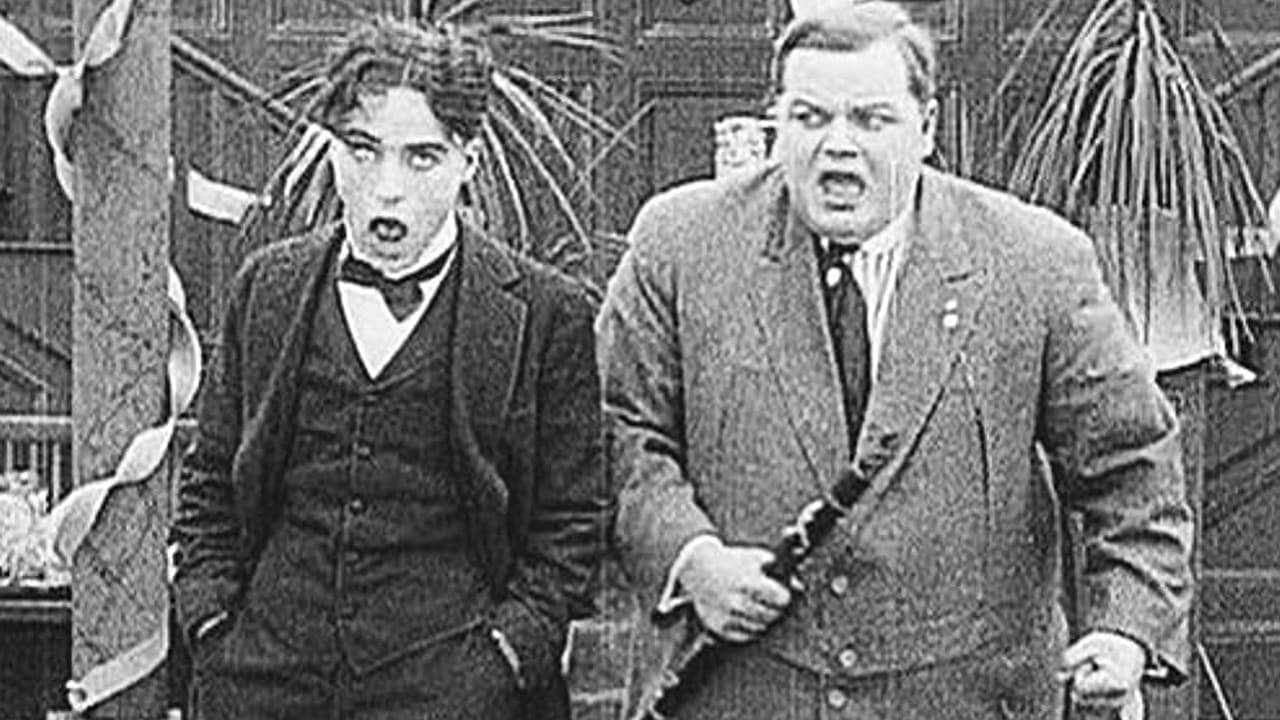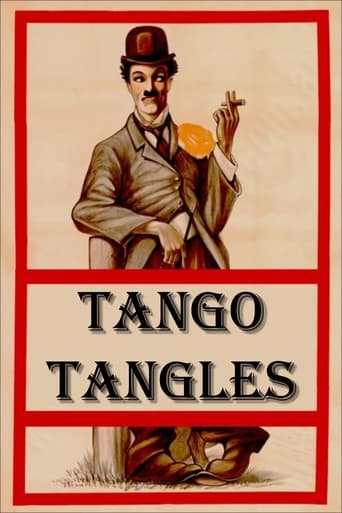

To me, this movie is perfection.
... View MoreThe film was still a fun one that will make you laugh and have you leaving the theater feeling like you just stole something valuable and got away with it.
... View MoreExcellent and certainly provocative... If nothing else, the film is a real conversation starter.
... View MoreThere's no way I can possibly love it entirely but I just think its ridiculously bad, but enjoyable at the same time.
... View MoreWatching silent comedies is an almost lost art, one that today's younger viewers must teach themselves through an open-minded exposure to multiple examples, always reminding themselves that the intent to tell an amusing story clearly is always there, even if at first glance the impression is of fast-paced incomprehensible chaos. With practice one can learn to understand the conventions of the day, follow the action and enjoy the multitude of jokes and amazing performances.Even someone who has managed this for comedies of the 1920s, and who can both appreciate and enjoy, say, The General and The Gold Rush, may find their first exposure to Keystone material of the 1910s throws them back into bewilderment. Yet once one adjusts to the conventions of the time (such as the fast paced, physically detailed and extremely demonstrative acting that makes most '20s performances seem restrained by comparison), even these very early, frenetic and largely improvised Keystones can delight.This one is particularly interesting for several reasons already cited in other reviews: the lack of character makeup on Chaplin and Sterling (both almost always appearing in other films with fake facial hair of various sorts), the amazing athleticism of Arbuckle, the wholly natural reactions of the actual onlookers in the "found" dance hall location to the antics of the leads. It repays a second and even a third viewing for those seeking to learn the skill of following early Keystone comedies.This was one of Sterling's last handful of films at Keystone and one of Chaplin's first. At the time, Sterling was the bigger star. They work very well together here, especially in their fight scenes, which have tell-tale signs of being more improvised than rehearsed or precisely choreographed, yet are nevertheless creative, clearly told and quite entertaining.If you've never seen a silent Chaplin short, this is not the one to start with. (Try one of the Mutuals, like Easy Street or The Immigrant) But if you've some familiarity with the genre, the circumstances of the shooting of this one make it one of the most interesting of his first half-dozen or so.
... View MoreIn his sixth film, Chaplin plays a music hall rival with Fatty Arbuckle and Ford Sterling. The appears to be a real dance in one scene and it would have been great to hear the actual music from the era. Instead, we get the droning soundtrack which stops and starts again several times through the film without any correlation to the scene occurring. Fatty Arbuckle moves well for a 300 pound man, although he was relatively young at the time. Ford Sterling wins out in the end and we somehow wonder whether or not Chaplin was being used properly at the time. In these early films he bounces back and forth between playing heels and troublemakers, as in this film, and a rough version of the tramp. The film is full of stock exaggerated character mannerisms for the period. ** of 4 stars.
... View MoreIn Chaplin's first handful of short comedies, there is a very clear pattern of experimentation going on as he discovers where his real talent lies and while the personality of the beloved Tramp evolves and makes itself known. In Tango Tangles, or Charlie's Recreation, we see a bit of a digression as not only does Chaplin's character revert back into the 'obnoxious drunk' half of his on screen persona, but is also overshadowed by the clearly talented and, in this film at least, almost equally large screen presence of Ford Serling.Serling has been credited by some users as deserving at least some credit for inspiring some aspects of Chaplin's character, which I can accept, because the motions and overblown mannerisms are similar to some of Chaplin's later work, although I think it's important to point out that if Chaplin did learn from Serling, he most certainly saw his technique and improved it, maybe even perfected it.At the beginning of the film, it is clear that Serling has an intense presence, but as the film goes on, the infancy of screen acting also becomes apparent. It seems here that actors did not know where to stop when flinging themselves about in the outrageously overblown antics that must have been common in slapstick comedy for the stage. They slap each other in the face and then stumble about in a bizarre state of semi-consciousness, wobbling on their feet while their arms swing limply, eyes bulging and head bouncing from side to side like a superball in a box, before eventually falling over backwards and flinging their legs up over their head far enough so that their toes touch the ground behind them.Not that this is all bad comedy, just a sign of how different the things were that made people laugh in 1914 compared to today, as well as a curious look at the development of slapstick comedy for the screen.As far Chaplin's performance, it is also clear that the Tramp was still in the future, as he appears in this film without a mustache and therefore looking entirely like someone else. As I mentioned, he once again plays a belligerent drunk, stumbling around and callously punching and pushing people and throwing things at them as he staggers about the set, also in a bizarre state of semi-consciousness. Fatty Arbuckle also puts the majority of his talents on hold to star in this short, as he, Chaplin, and Serling all compete viciously for the affections of the hat girl, with what probably used to be hilarious results. By now, the film is one of the lesser of Chaplin's very early films, but remains an interesting milestone on his way to making his own far superior films.
... View MoreThis is a film from Chaplin's first year in films. During this VERY hectic year, he churned out film after film after film for Keystone Studios and the quality of the films are, in general, quite poor. That's because the character of "the Little Tramp" was far from perfected and the films really had no script--just the barest of story ideas. While some Chaplin lovers might think this is sacrilege, all these movies I have seen are pretty lousy. Yes, there are some cute slapstick moments but barely any plot--absolutely NOTHING like the Chaplin we all came to love in his full-length films of the 20s and 30s.As stated above, Charlie does not sport his usual mustache. The movie is about jealousy and consists of lots of people pushing and punching each other--that's pretty much it!
... View More